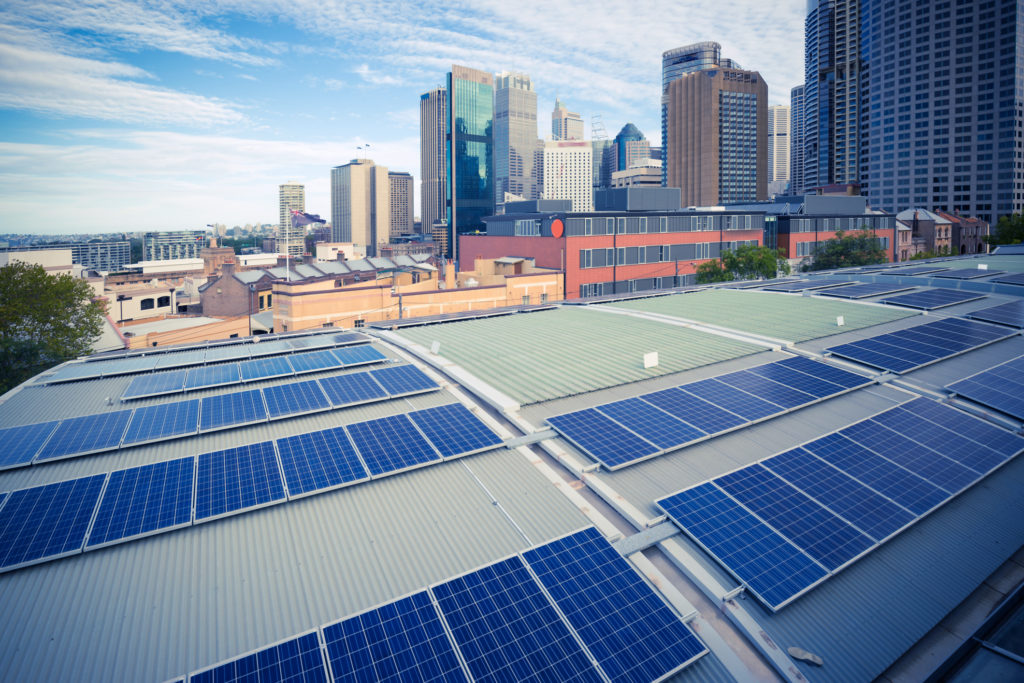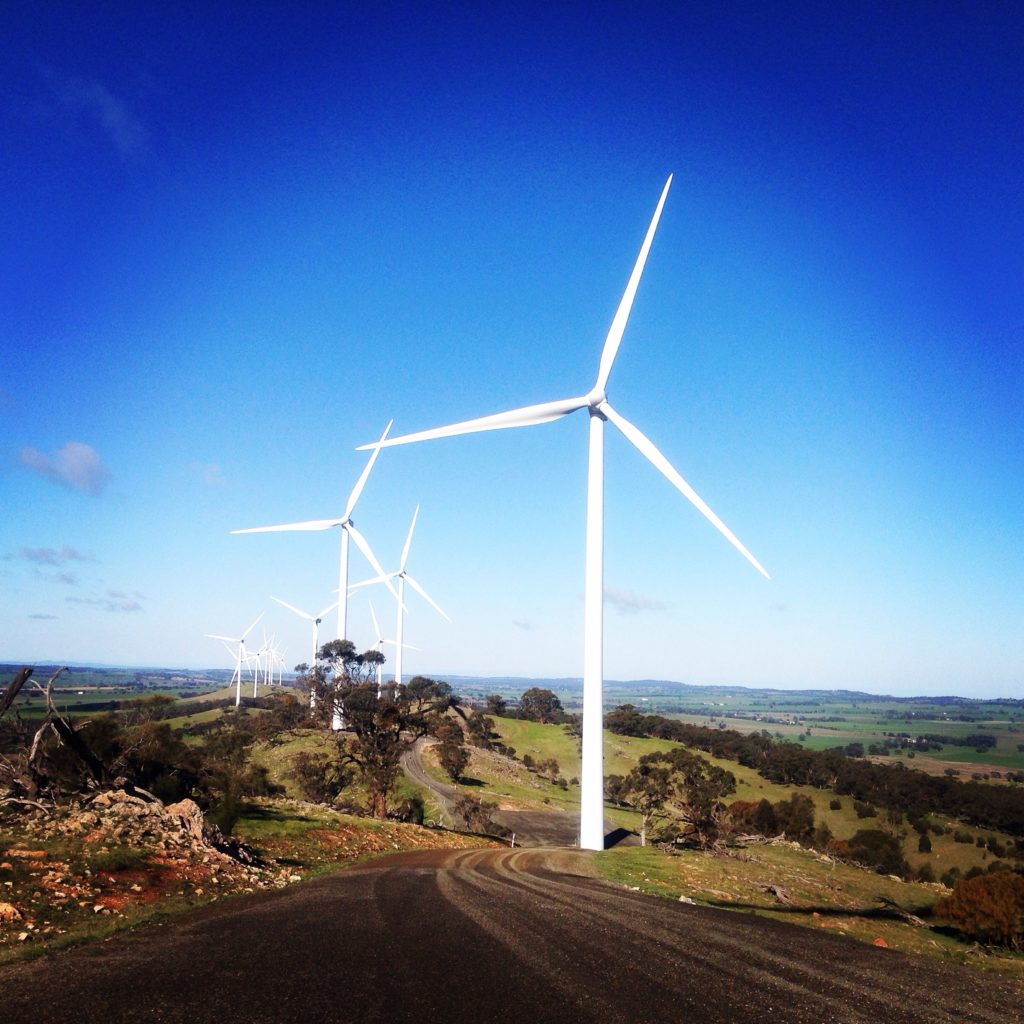Why this webinar?
The Environmental Defenders Office has initiated a series of webinars examining regulatory barriers to green economic stimulus across different areas of law and the kinds of reforms required to remove these barriers. For each webinar, we’ve invited experts from the corporate sector, think tanks and beyond to share their vision for ‘green’ regulation.
The motivation for this series was quite simple: while many organisations have been publishing visionary blueprints designed to achieve the dual goals of economic recovery and environmental sustainability, no one seemed to be discussing the kind of law reform required to execute and implement these ambitious green recovery plans.
Furthermore, when most people think of environmental law, they think of laws that directly govern biodiversity and nature more generally. However, energy policy, corporations law, superannuation law, taxation law – all of these highly complex areas are hugely determinative of how our environment is managed or, conversely, mismanaged. All influence the extent and speed at which we can decarbonise our economy. It therefore seemed important to introduce our supporters to these intersecting laws – and what better way to do that than by chatting with the experts.
Webinar 1: Energy 29 July 2020
The first webinar examined the regulatory barriers within the energy sector which serve to limit the uptake of renewable energy and to that extent stifle our ability to decarbonise the Australian economy.
EDO Special Counsel Dr Emma Carmody was joined by experts Lane Crockett (Head of Renewable Infrastructure, Impact Investment Group) and Dan Cass (Energy Lead, The Australia Institute).
A summary of some of the key issues canvased during their discussion follows, as well as some additional information about green hydrogen (as requested by a number of audience members).
For those who missed it, a video recording of the full webinar is available here and is well worth a listen as it provides additional context and commentary.
Decarbonising the energy sector: regulatory barriers and opportunities for reform
By Dr Emma Carmody, Lane Crockett and Dan Cass
To decarbonise the Australian economy and contribute to the realisation of the Paris Agreement objectives, we must decarbonise our energy sector. Why? Because it is responsible for producing a significant portion of Australia’s greenhouse gas emissions.
Anyone who is concerned about climate change – and that ought to be everyone – needs to understand the fundamentals of energy in Australia.
National Energy Market
Our first port of call is therefore the National Energy Market (NEM), a complex beast governed by over 1000 rules. The NEM was designed with coal-fired generation and gas in mind, which means that many of these rules are ill-suited to a market where a large percentage of energy comes from distributed renewables (currently, about 25 percent of our energy is derived from renewable sources).
It is hardly surprising that this deters investment in wind, solar and other renewable projects, which in turn slows down the rate at which the NEM is able to transition to a predominantly clean, green system.
Relevantly, the Australian Energy Market Operator indicated earlier this year that we could reach 75 percent renewable energy post 2025 – subject to the right regulatory changes being implemented.
While it isn’t possible to delve into all of the arcane rules which inhibit speedy and efficient uptake of renewable energy, it is possible to touch on associated laws governing these rules and on one specific rule.
First of all, all NEM rules must be consistent with the National Electricity Objective. Currently, there is no objective to reduce emissions. As a consequence, there have been dozens of rule changes over the last few decades that have been entirely counterproductive from a decarbonisation perspective – and this continues to this day. We therefore urgently need an emissions reductions objective so that when new rules are made, they facilitate decarbonisation.
Second of all, one specific rule that is overtly disadvantaging renewables, in particular solar, concerns transmission losses. When energy is transported from its source to its final destination, a certain percentage is lost in transmission. The formulas used to determine these losses arguably favour coal-fired power over renewable energy, with the latter having to absorb the associated financial loss. Reforming this rule would clearly improve business confidence in the system, the corollary of which would be greater investment in renewable energy projects and more rapid decarbonisation.

What about the Renewable Energy Target?
However, even with the necessary energy market rule changes in place, we need an overarching, national climate policy which sends a clear signal to business to invest in renewable energy.
The current policy – known as the Renewable Energy Target (RET) – set a relatively modest target of 33 gigawatt hours of renewable energy production by 2020 (which equates to 23.5 percent of the overall energy market). This target was met with relative ease in 2019, which shows what can be achieved with the right policy incentives in place.
However, with the RET having been met, the incentive to invest in more renewables was removed. And the proof is in the data: as Australia moved closer to meeting the RET, the market began to respond accordingly, with financial commitments in renewable energy projects falling sharply over the first two quarters of 2019.
This is a concerning trend but one that can be reduced with a national climate policy that gives investors the confidence to know that Australia’s national government supports investment in renewable energy. This in turn would send a clear signal that the government will remove other regulatory barriers – notably outdated energy market rules – and will refrain from interfering in the market in a manner that is prejudicial to renewable energy.

The myth of gas as a transition fuel
It’s impossible to discuss energy reform without touching on this issue, particularly as gas has been touted by government and industry as a non-negotiable transition fuel that can replace coal and in so doing, generate far fewer greenhouse gas emissions. However, there is no evidence to support this claim – and indeed plenty of solid evidence to the contrary.
Indeed, the Australian Energy Market Operator, which manages energy and gas systems and markets across Australia, has modelled energy sources and market composition into the early 2040s, when most coal fired stations will have been retired.
And guess what? They do not predict any growth in gas. It is therefore unclear why the government is talking about a gas-led recovery when the market operator has indicated that this is not on the cards. Between now and 2040, Australia could – with the necessary regulatory changes and infrastructure upgrades – derive 90 percent of its energy from renewable sources.
Gas is also a dirty fuel – it is energy intensive to produce and its supply chain results in so-called ‘fugitive emissions’ in the form of methane. Methane is a greenhouse gas which over a 20 year period traps 86 times more heat in the atmosphere than carbon dioxide.
What about green hydrogen?
Hydrogen is a non-toxic, colourless gas. It can be produced by the electrolysis of water, which involves using an electric current to break water into its component parts – hydrogen and oxygen. If the electric current is generated by a renewable source – say solar or wind – then the hydrogen produced is known as ‘green hydrogen’.
The major advantage of green hydrogen is that it is a zero-carbon energy source. Further, excess energy from renewables can be stored as hydrogen at a low cost. This can in turn ensure greater consistency in the supply of renewable energy.
However, work still needs to be done to bring the cost of electrolysis down, as it is currently the most expensive method of producing hydrogen. Further, its cost also depends on the price of renewable energy used in the electrolysis process. However, as with all new technology, costs are falling rapidly and modelling suggests that the cost of producing green hydrogen will fall by 80 percent by 2030.
The takeaway
The takeaway message from the webinar was a positive one: the right regulatory reform (including changes to energy market rules and a national climate policy which incentivises investment in renewables) coupled with infrastructure upgrades will allow Australia to generate 90 percent of its electricity from renewables by 2040.
As noted by Dan during the webinar:
“Renewables were always going to win the energy wars … there’s no input cost for solar and wind – it’s free.”
However, for this to happen, we all have to make it clear that we expect these reforms to occur as soon as possible. Only then will the government show leadership and set in train the necessary regulatory and structural changes.
Sources:
- Clean Energy Council, Australia’s Clean Energy Investment Outlook (September 2019).
- COAG Energy Council Hydrogen Working Group, Australian Hydrogen Hubs Study (November 2019).
- Moeno Kaitsu, Tom Swann and Audrey Quicke (The Australia Institute)
- Gas is not a transition fuel
- ‘Hytrojan: Is Hydrogen the next “clean coal”?’ (October 2019).
- Australian Energy Market Operator, 2020 Integrated System Plan (ISP) for the National Electricity Market (July 2020).
- https://www.hopgoodganim.com.au/page/knowledge-centre/blog/new-aemo-mlf-means-renewables-will-earn-less-than-non-renewables
- https://www.energycouncil.com.au/analysis/objecting-to-the-objectives/





